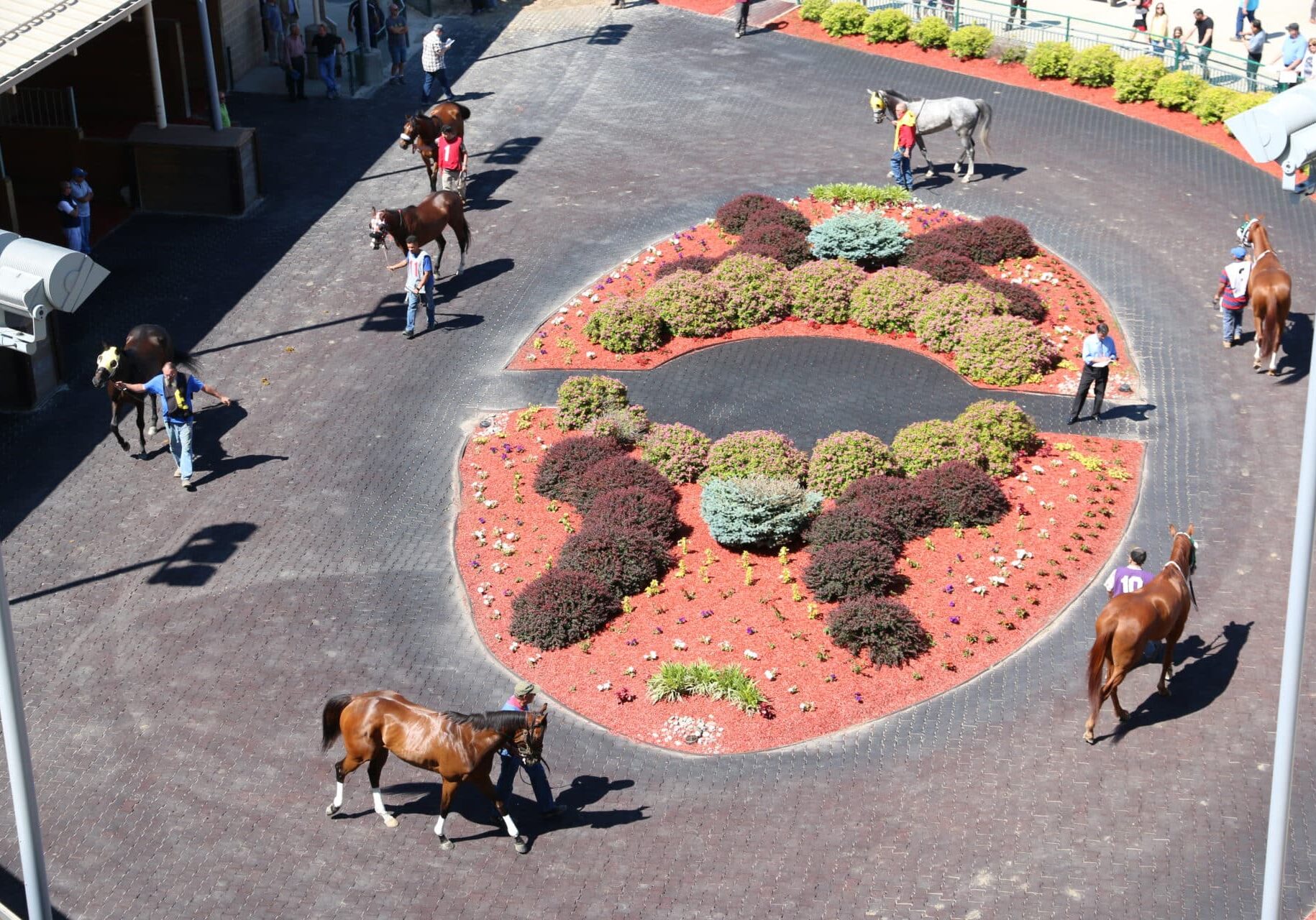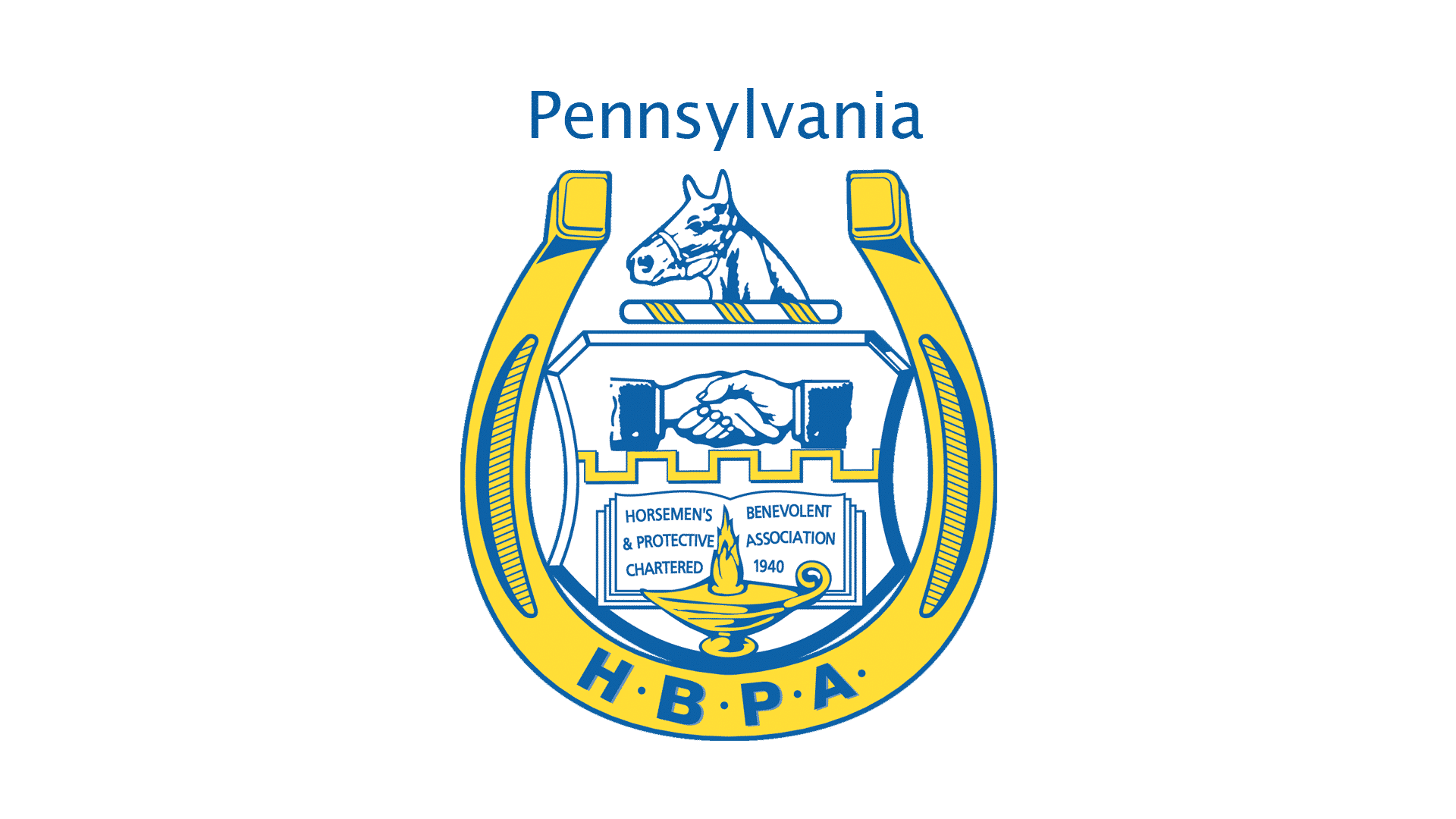PENNSYLVANIA HORSE RACING: DOING RIGHT BY THE HORSES!
[Advertorial]

To Pennsylvania’s horse racing industry, nothing is more important than keeping racehorses safe and healthy, both during and after their racing careers.
Pennsylvania’s six world-class racetracks, located in every part of the commonwealth, are destinations for entertainment, excitement and family fun.
In order to “put on the show,” the state’s racing and breeding industries employ tens of thousands of people and generate billions of dollars in annual economic impact, statewide.
For everyone involved in this great, American sport, there is one priority above all: taking the necessary steps to ensure the safety and well-being of the racehorse.
This is a collaborative effort, which includes, among others:
• Veterinarians
• Grooms
• Trainers
• Equine nutritionists
• Equine massage therapists
• Equine dentists
As renowned equine surgeon Dr. Patricia Hogan points out, “There’s a multitude of professions that are centered around the racehorse. We do our very, very best to make these horses comfortable, happy, fit, and safe. Safety is our highest priority, both for the horse and rider.”
Pennsylvania’s racetracks, including Presque Isle Downs, in Erie, and Penn National Race Course, in Grantville, take every reasonable precaution, and then some, to make sure the sport is as safe as possible.
BEFORE THE WARM-UP:
Several hours before the racing card begins, each horse must pass a veterinary inspection. It’s a hands-on process in the stall, followed by a trot up and down the shedrow, the pathway, in the barn area.
Here’s a sample of the frequency of the veterinary inspections on race day:
• First thing in the morning, at the barn
• In the saddling paddock, 10-15 minutes prior to the race
• At the starting gate, once the horse has warmed up
• As the horses are being unsaddled, postrace
• In the testing barn, where samples are collected, postrace
On race day, if a horse injures himself, and/or if one of the several veterinarians on duty has a concern, that horse will not be allowed to compete.
“There will be multiple opportunities to catch any small injury, that could cause them to not have a good race, or to possibly injure themselves out on the track,” says Dr. John Pololwczyk, a State of Pennsylvania veterinarian.
Of course, any abnormality will cause that horse to be scratched, meaning he or she cannot compete that day. Several minutes prior to each race, the horses are under the watchful eye of a second veterinarian as they are in the paddock, which is, essentially, horse racing’s locker room.
While the athletes are putting on their uniforms (the horses are being saddled), each horse’s trainer is giving last-minute instructions to the jockey, in the same way a coach instructs a quarterback. As all this is going on, a veterinarian is quietly patrolling the paddock, visually observing each horse and checking for any potential health issues.
From time to time, racehorses, being the skittish creatures that they are, will injure themselves in the paddock. On those rare occasions, the veterinarian is, literally, steps away and will immediately tend to the horse’s injury. The veterinarian will then alert the stewards (horse racing’s referees, or umpires) to the situation, and the stewards will then scratch the horse.
WARM-UP AND STARTING GATE:
Just prior to the race, the horses are screened by yet a third veterinarian. Apart from also looking for any potential injuries (after the horses leave the paddock, they then go through about a 10 minute warm-up period), the veterinarian is also there, should a horse misbehave in the starting gate.
If that happens (which is also uncommon) the horse is backed out of the gate, to be carefully looked over by the veterinarian, who will then decide if the horse’s antics have resulted in an injury. If that’s the case, of course, the horse is scratched.
POSTRACE:
In Pennsylvania, a veterinarian looks at the horses postrace, too.
After the race, either the veterinarian from the gate or the veterinarian from the paddock are giving each horse its fourth veterinary inspection of the day.
This inspection consists of them watching the horses as they pull up and return to be unsaddled, looking for any mishaps which may have occurred in the running of the race. If something seems amiss, a horse ambulance is always nearby.
Then the winner of each race, along with several horses picked at random, must go to the test barn. There, blood and urine samples are collected, and sent to PETRL, the University of Pennsylvania’s Equine Toxicology and Research Laboratory, in West Chester, PA. During this process, a fifth veterinarian, who supervises the test barn procedures, again closely observes those horses.
Dr. Jerry Pack, a veterinarian working for Penn National Race Course, says “Integrity, absolutely! We have done everything possible. It has helped tremendously in reducing the number of injuries.”
State of Pennsylvania veterinarian, Dr. John Marshall, perhaps best sums up the entire veterinary oversight process when he says, “We pledge ourselves to the health and welfare of our animal patients. For me, it’s paramount. The thoroughbred horse loves to run, and people like myself ...are dedicated to the health and welfare of the equine athlete.”
SECOND CAREERS FOR RACE HORSES:
The Pennsylvania HBPA funds New Start, a racehorse re-homing program which, in 2020 and 2021 combined, re-homed 166 thoroughbreds that were retired from racing at Penn National Race Course.
